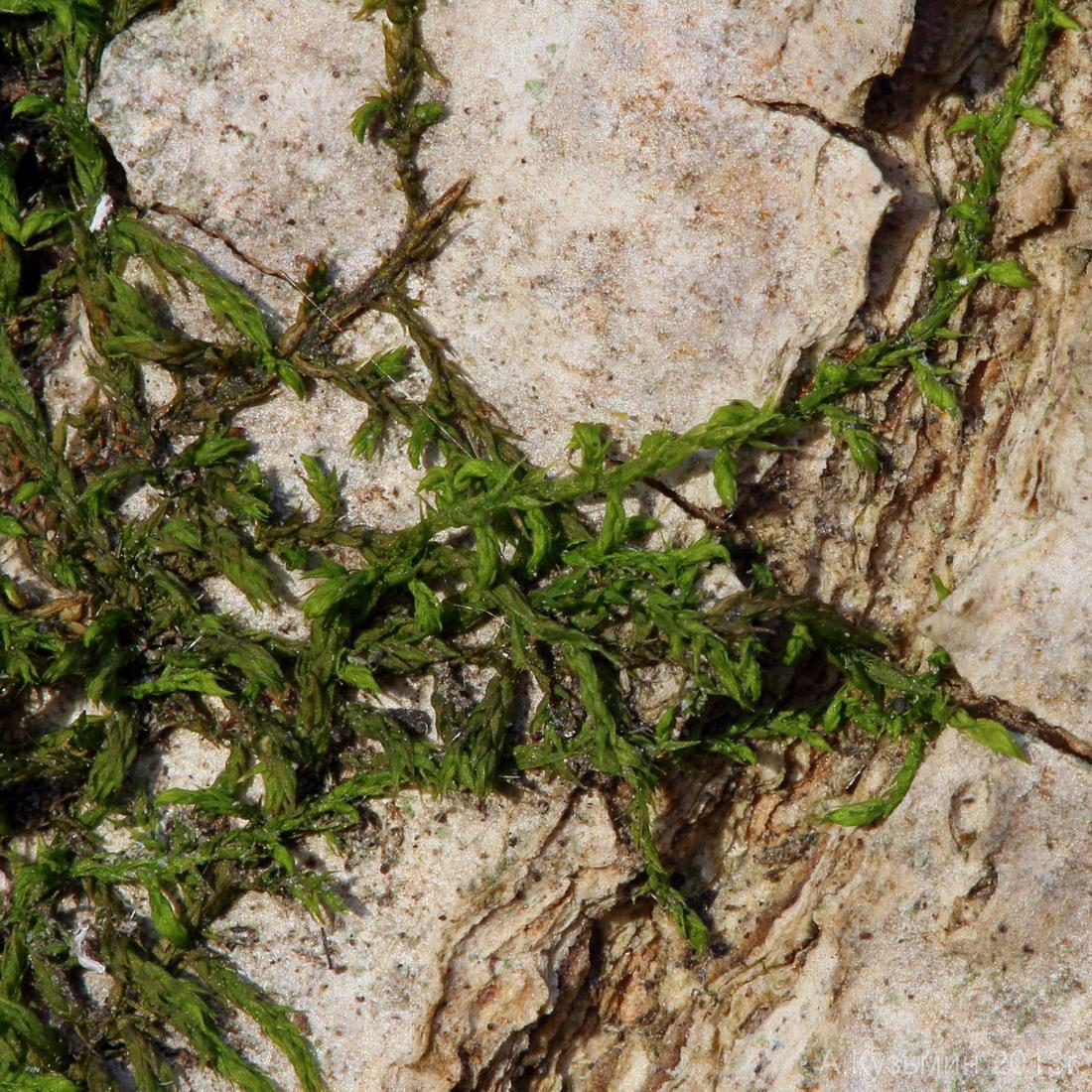
Leskea_polycarpa_004.JPG from: https://cisfbr.org.uk/Bryo/Cornish_Bryophytes_Leskea_polycarpa.html
Exploring the Fascinating World of Leskea Moss
Introduction
Mosses are some of the most ancient and resilient plants on Earth, having evolved over 400 million years ago. One particularly interesting species is Leskea polycarpa var. paludosa, also known simply as Leskea moss. This small but mighty moss is part of the Leskeaceae family and has some unique characteristics. Let’s dive in and learn more about this fascinating bryophyte!
Background on Mosses
Before we get into the specifics of Leskea moss, it’s helpful to understand what mosses are in general. Mosses are non-vascular plants in the division

254320.jpg from: https://inpn.mnhn.fr/espece/cd_nom/5155
Bryophyta. They lack true roots, stems, and leaves like other plants. Instead, they have rhizoids that anchor them and absorb water and nutrients. Mosses reproduce via spores rather than seeds and flowers.
Morphology and Identification
Leskea polycarpa var. paludosa is a pleurocarpous moss

62721368.jpg from: https://waarneming.nl/photos/62721368/
, meaning it has a branching, feather-like growth form. The stems are prostrate to ascending and irregularly branched. The leaves are small, ovate-lanceolate, and have a single costa (midrib) that extends 1/2 to 3/4 the leaf length. Leaf margins are entire to serrulate near the apex.
One key identifying feature is the alar cells, which are quadrate to short-rectangular and occur in a small group at the basal angles of the leaves. The seta (stalk bearing the capsule) is reddish-brown and 1-2 cm long. Capsules are erect and cylindrical.
Global Distribution and Habitat

400038_fc4a827c.jpg from: https://www.plantarium.ru/page/image/id/400038.html
This moss has a

DSC04573_1600.jpg from: https://www.preservons-la-nature.fr/flore/taxref/47160.html
wide distribution

417141_e6a09d67.jpg from: https://www.plantarium.ru/page/image/id/417141.html
, occurring in North America, Europe, and Asia. It grows on various substrates including soil, rock, tree bases, and decaying wood in

2023-04-22-11-54-47-800×600.jpg from: https://www.britishbryologicalsociety.org.uk/learning/species-finder/leskea-polycarpa/

medium.jpeg from: https://www.inaturalist.org/taxa/164564-Leskea-polycarpa
moist to wet habitats. Leskea moss is often found in swamps, fens, wet meadows, and along streams from lowlands to montane elevations.
Ecological Roles and Adaptations
Like other mosses, Leskea plays important ecological roles:
- Helps retain moisture in its environment
- Provides shelter and habitat for micro-organisms and small invertebrates

852618.jpg from: https://www.bio-forum.pl/messages/3280/852615.html
- Pioneers on disturbed sites and aids in soil stabilization
- Serves as a bioindicator of air and water quality
Leskea has several adaptations that allow it to thrive:
- Tolerates periodic submersion and dessication

medium-12676.jpg from: https://plantdollar.com/plant/leskea-polycarpa/
- Grows in dense mats that aid in water retention
- Has a rudimentary conducting system to transport water and nutrients
Conclusion
From its tiny leaves to its global distribution, Leskea polycarpa var. paludosa is a prime example of how mosses have successfully inhabited the earth for millions of years. Its ability to grow in a variety of wet habitats and substrates demonstrates its resilience. Next time you’re out in nature, take a closer look – you just might spot this amazing moss! What other cool bryophytes have you encountered?